Calibrated, Not Loose: What China’s Monetary Strategy in 2025 Reveals to Global Markets
本文包含AI辅助创作内容
While the global financial community debates rate cuts in developed economies and navigates geopolitical headwinds, China is executing a carefully measured monetary strategy. The People's Bank of China (PBOC), rather than opting for aggressive easing or defensive tightening, has laid out a playbook that is deliberate, data-sensitive, and structurally oriented. The first quarter of 2025 shows an economy not sprinting ahead—but recalibrating itself for long-term stability.
For international observers—from portfolio managers and sovereign lenders to multinationals and risk analysts—this moment offers a window into how China is reengineering its monetary policy framework to support industrial priorities while maintaining currency stability and financial resilience.

Fine-Tuned Tools in a Cautious Economy
Broad money supply (M2) increased 7.0% year-on-year, and aggregate financing to the real economy (AFRE) rose 8.4%, according to PBOC data through March 2025. These are not aggressive figures by Chinese standards. But that's precisely the point. Instead of resorting to “flood irrigation,” the central bank deployed a suite of targeted tools—open market operations, the medium-term lending facility (MLF), structural policy instruments, and selective reductions in the required reserve ratio (RRR).
Crucially, the expansion in credit was not indiscriminate. The most notable gains occurred in loans extended to the so-called “Little Giant” companies—smaller, innovation-driven firms—with 15.1% year-on-year growth. Inclusive finance for micro and small businesses grew 12.2%, continuing a multi-year trend of preferential support.
This policy stance favors precision over volume. In a world where quantitative easing has often inflated assets more than stimulated output, China is attempting something different: using monetary tools not to inflate the economy but to rebalance it.
Rate Cuts Without a Splash
The average rate on new corporate loans dropped by about 50 basis points, while rates on personal housing loans fell around 60 basis points from a year earlier. Yet no benchmark rate was dramatically lowered. Instead, the PBOC guided down borrowing costs through structural mechanisms—rediscounting tools, relending for green and technological transformation, and by encouraging market-based pricing via its interest rate corridor framework.
Foreign investors accustomed to headline-grabbing rate cuts in the West should take note: this is a model of “functional easing,” in which transmission matters more than optics. The intended beneficiaries are not just large state-owned enterprises but the real economy's most constrained actors—innovators, exporters, and consumers in underserved demographics.
RMB Stability Is Intentional, Not Inevitable
Despite persistent capital outflow pressures and dollar strength globally, the renminbi remained largely stable in Q1. The central parity rate against the U.S. dollar stood at 7.1782 by end-March, virtually unchanged from the end of 2024. This is no coincidence.
PBOC policy focused on expectation management, guiding the market through public communications, two-way flexibility, and smoothing interventions. Authorities also cracked down on speculative, pro-cyclical behavior in the FX market.
For international corporates sourcing in RMB or reporting revenues in it, this approach offers rare predictability in a volatile currency environment. And for global macro strategists, it reaffirms the PBOC's preference for a stable yet flexible exchange rate system, managed against a basket of currencies rather than being tightly pegged or completely free-floating.
Monetary Policy as Industrial Policy
Beneath the macro numbers lies a deeper alignment: monetary tools are being tightly integrated into China's long-term industrial transformation. Facilities for green finance, sci-tech innovation, digital finance, and elderly care are now central components of the PBOC's structural toolkit.
This trend is no longer peripheral. It reflects China's strategic commitment to high-value-added growth, reduced dependence on real estate, and climate transition objectives. For foreign investors and corporate partners, this shift creates opportunities in sectors tied to the “new productive forces” promoted by Beijing—from advanced materials and EV supply chains to cross-border digital finance.
Central bank lending, once blunt and short-term, is evolving into a platform for financing long-horizon industrial change.
Risk Control: Quiet, But Constant
The report emphasizes enhanced early warning systems, improved financial stability frameworks, and steady progress in managing risks in key areas—particularly local government financing vehicles (LGFVs), real estate, and off-balance-sheet lending.
While these issues are far from resolved, the message is clear: the PBOC is not loosening guardrails to enable growth. This restraint provides some reassurance to global insurers and lenders evaluating China's credit conditions, especially those focused on contingent liabilities and systemic exposure.
For due diligence professionals, it suggests more scrutiny of local-level fiscal sustainability—even amid broad monetary accommodation.
A Forward-Looking, Adaptive Posture
The PBOC outlines a future-oriented stance: it will “flexibly adjust” the pace and intensity of monetary operations based on real-time economic and financial data. Key policy goals include promoting “reasonable price recovery” (a nod to lingering disinflation), enhancing transmission efficiency, and better balancing internal and external stability.
While the PBOC avoids mentioning global rate cycles directly, its timing is clearly influenced by monetary policy divergence. With the U.S. Federal Reserve expected to begin easing in late 2025, China's “preparation without preemption” model positions it for flexibility—while leaving room to act should external deflationary pressures intensify.
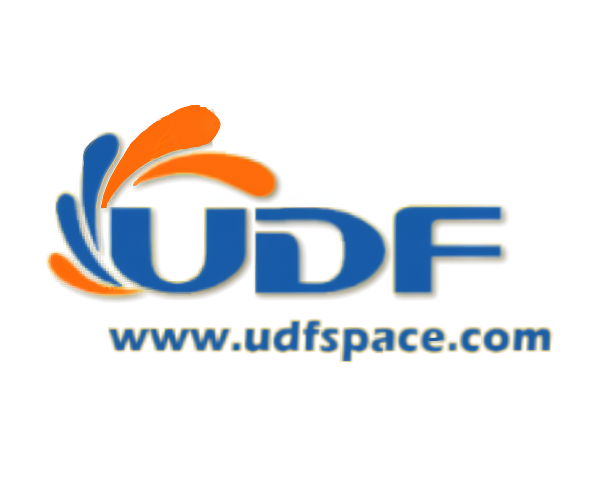







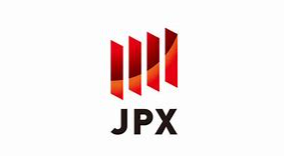
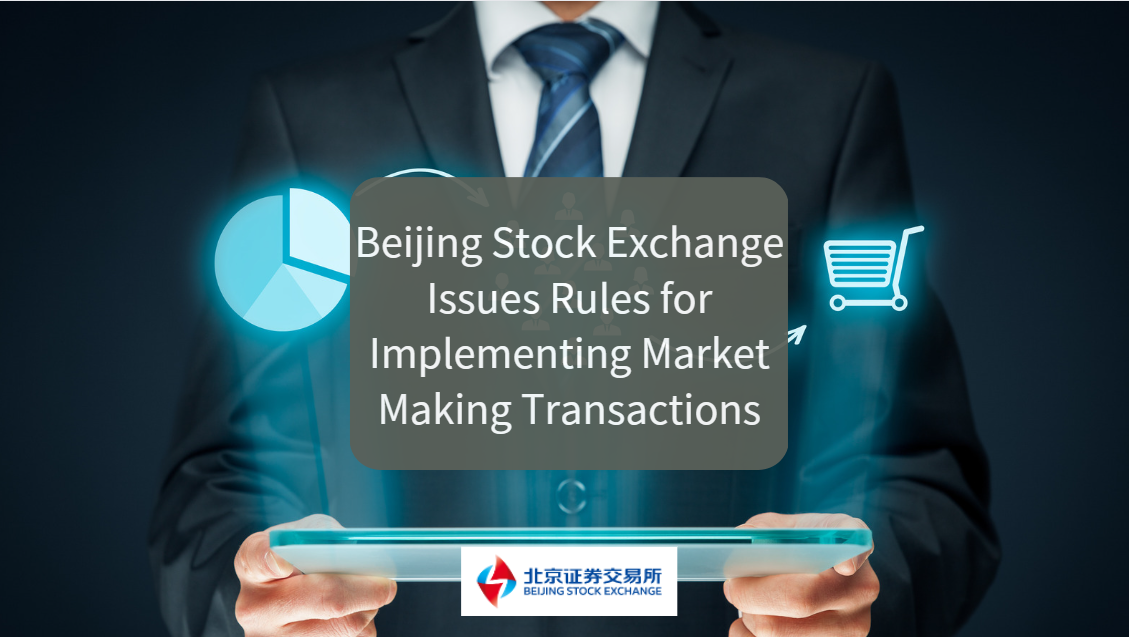
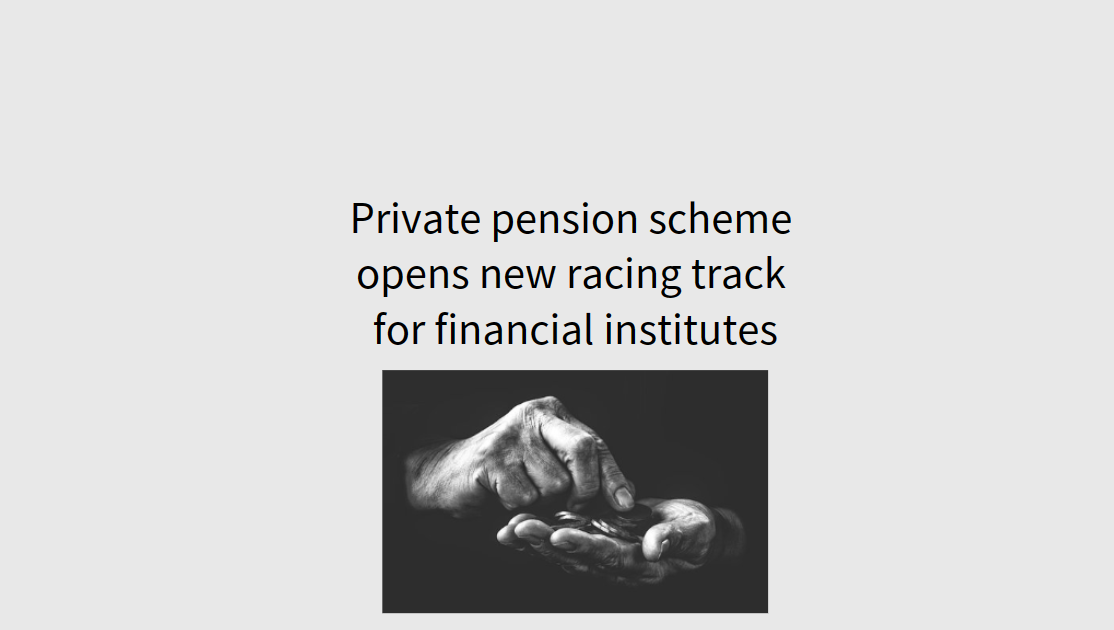

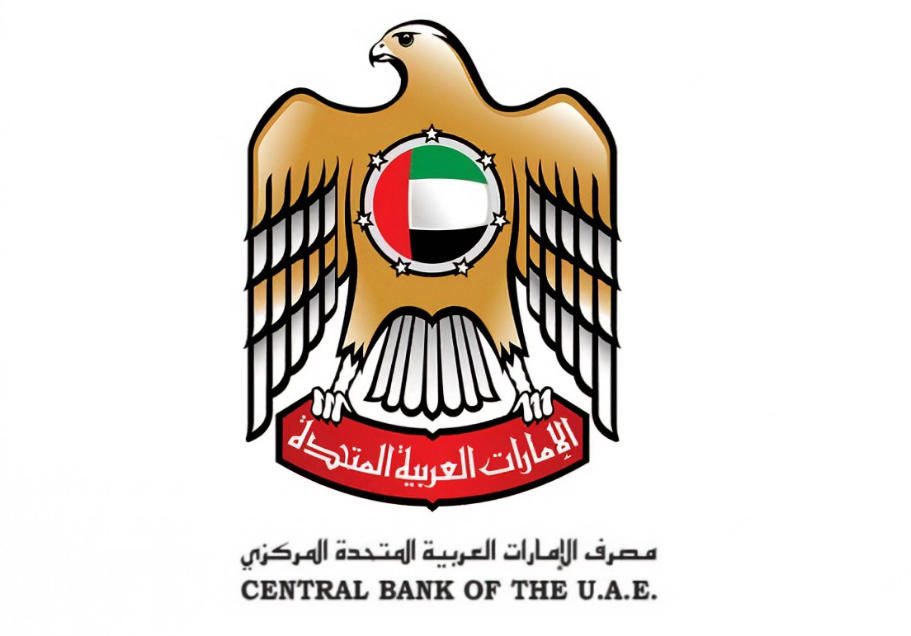
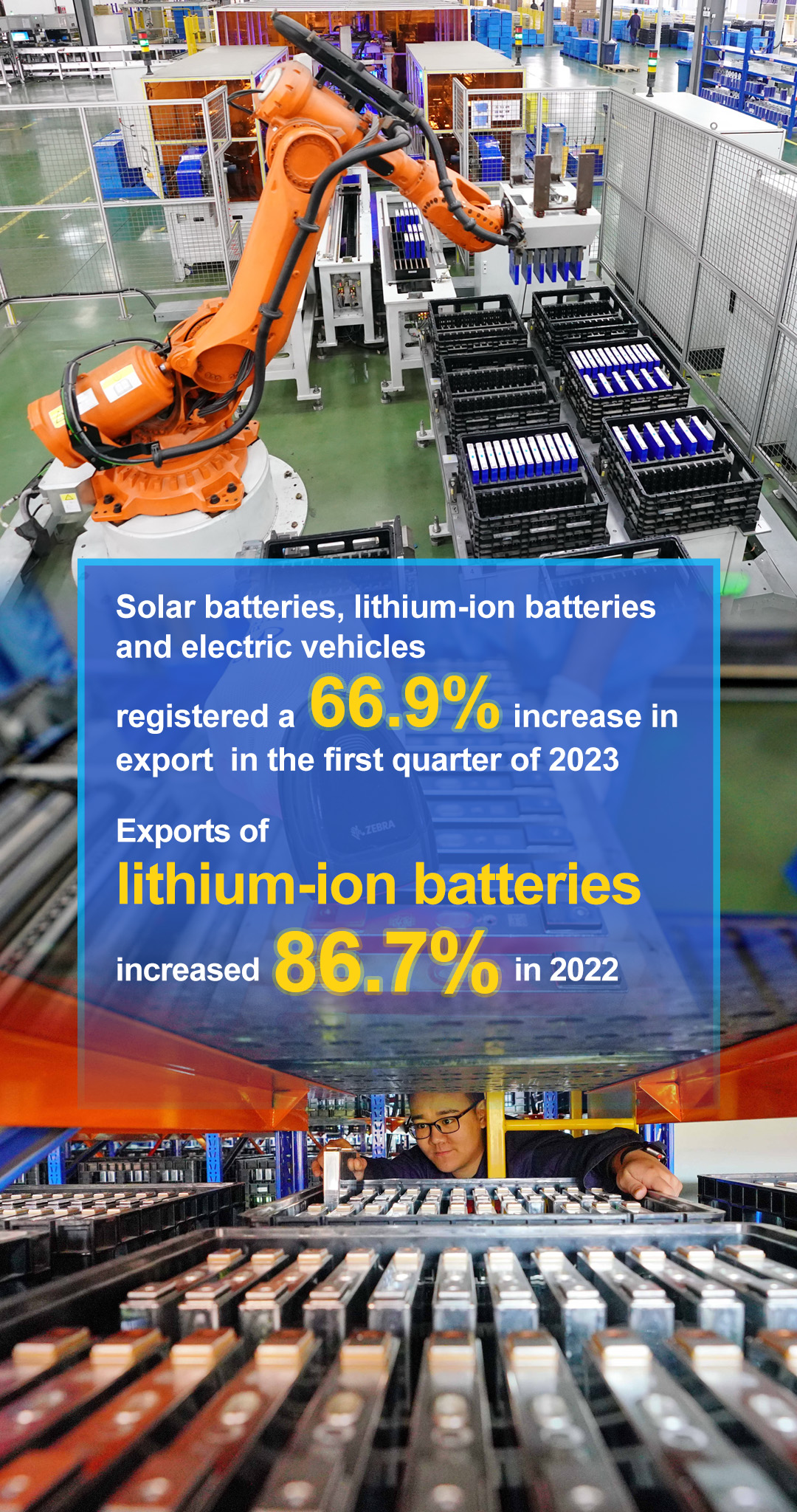

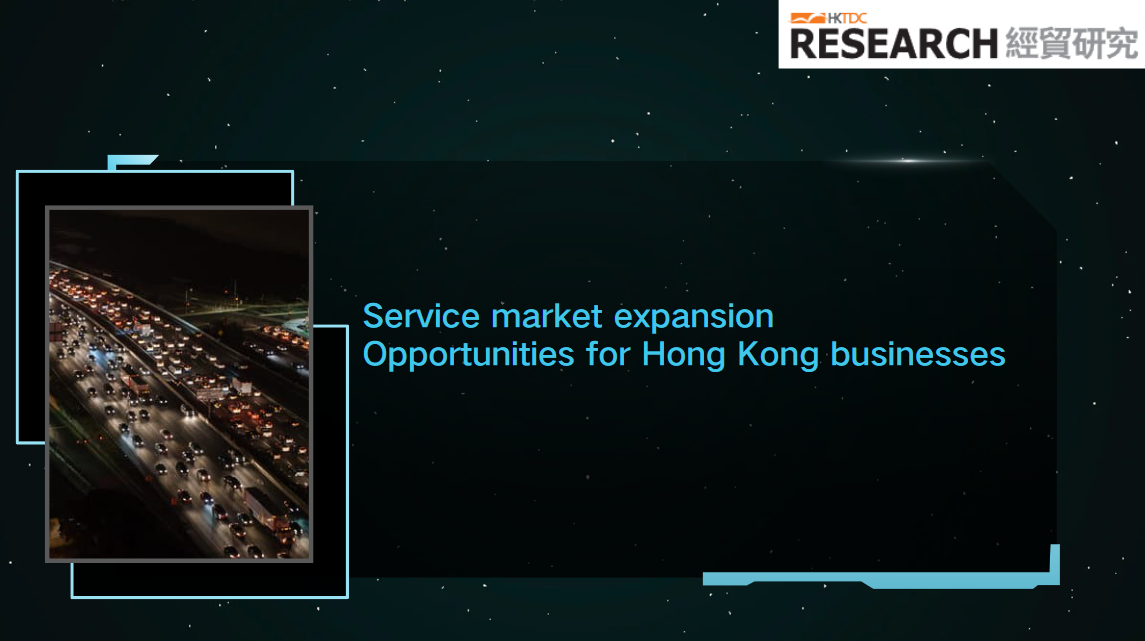

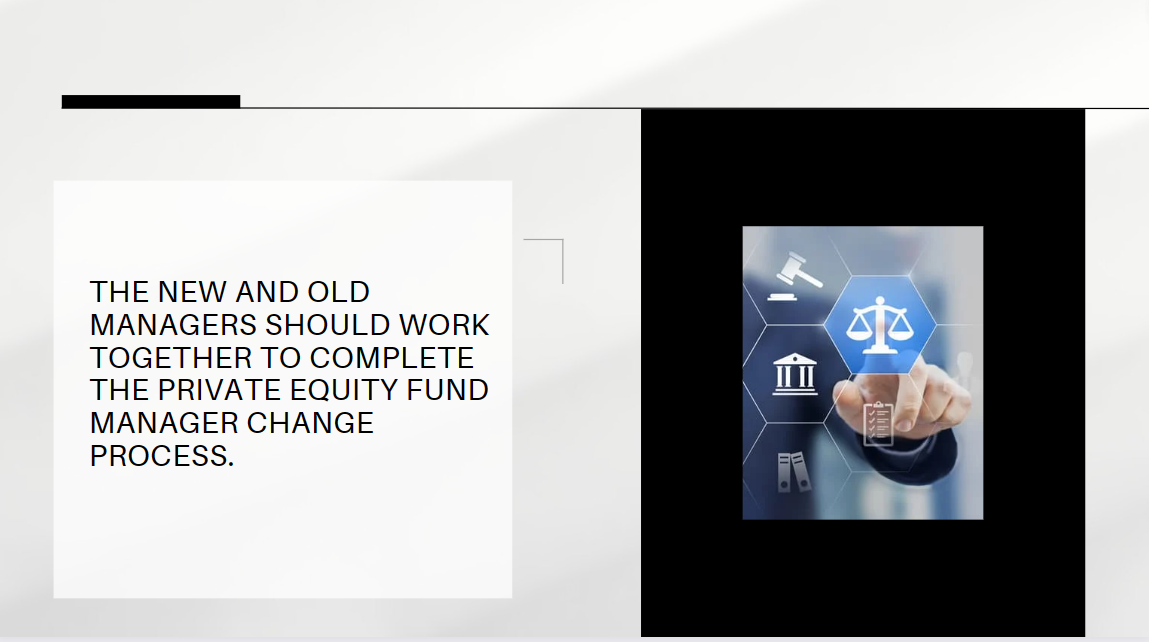

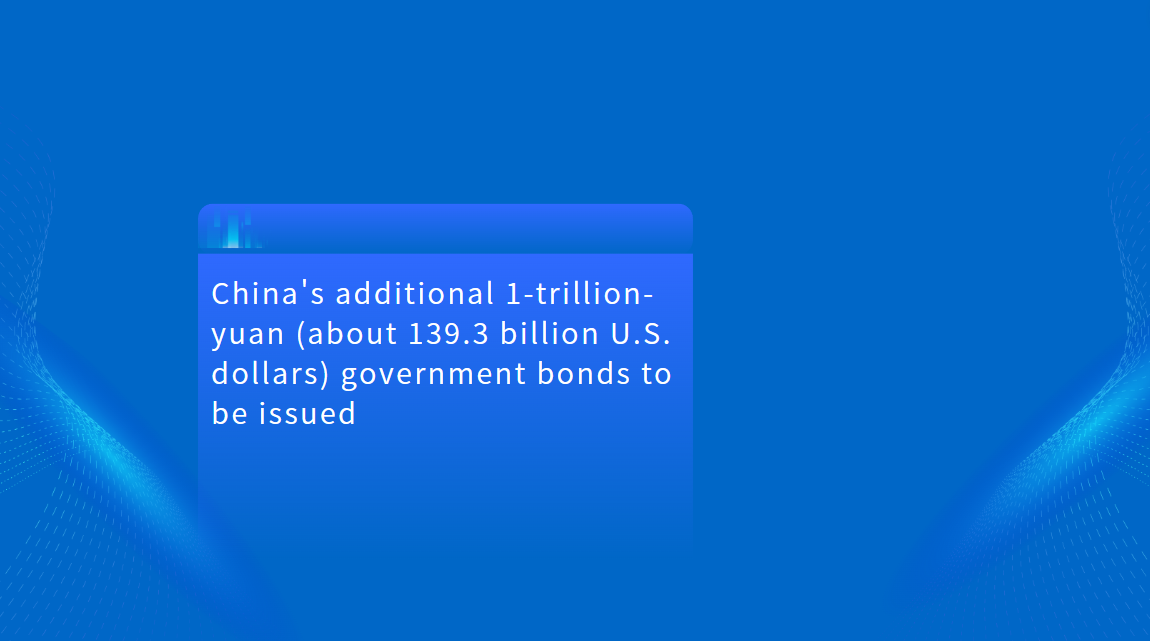
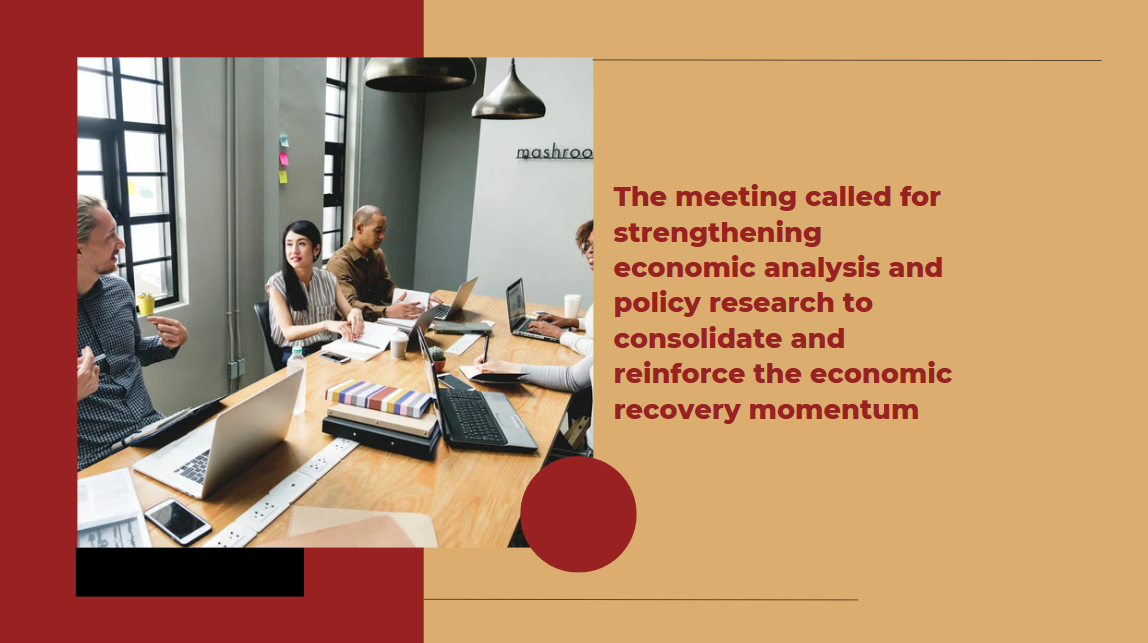
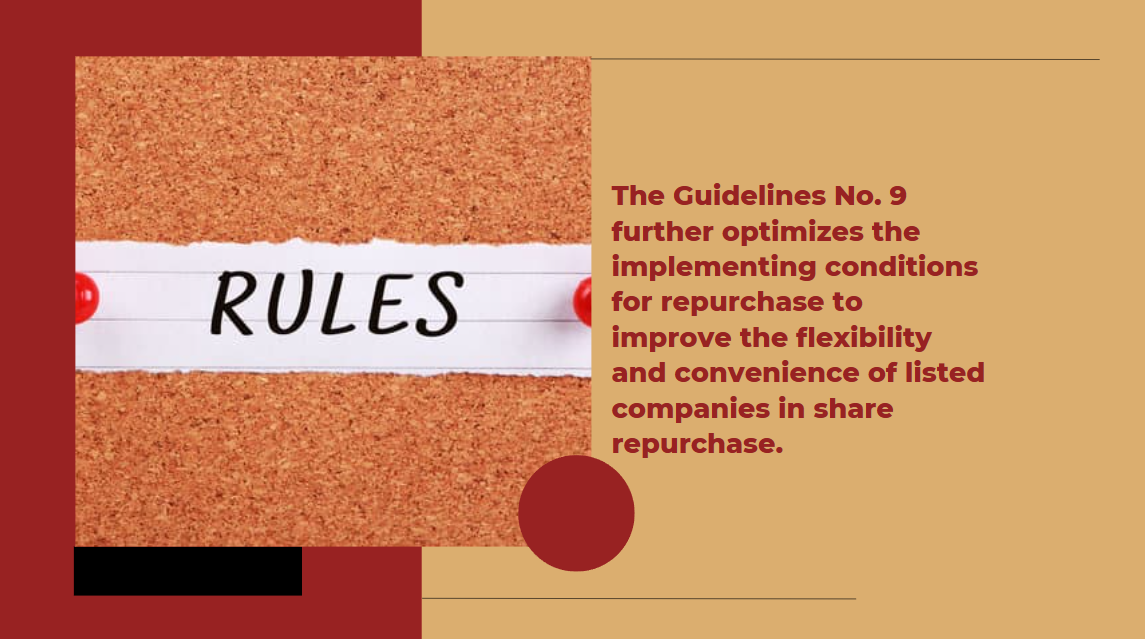
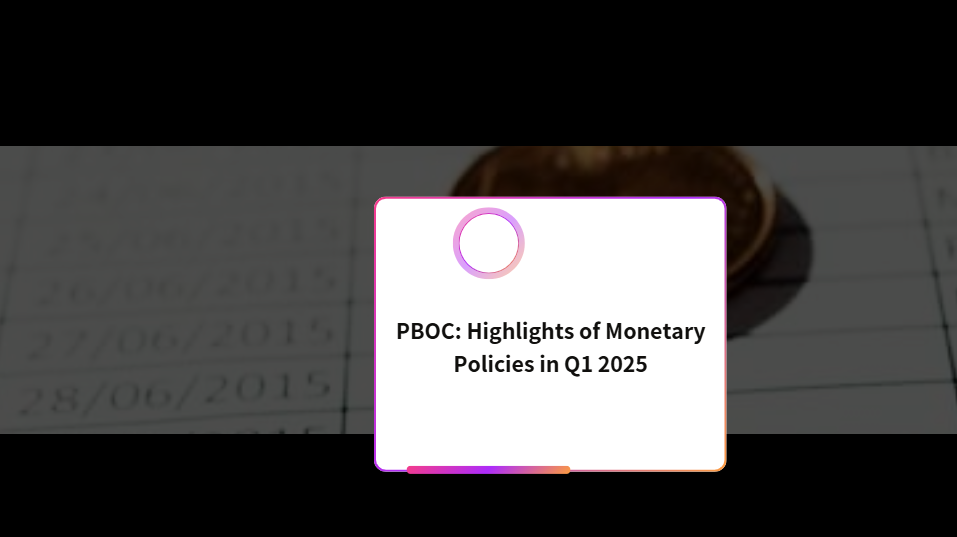
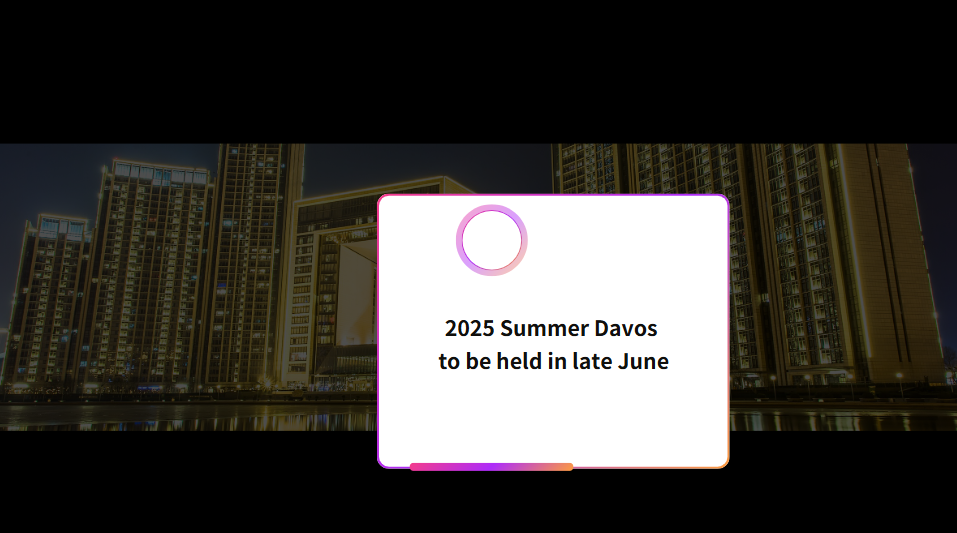

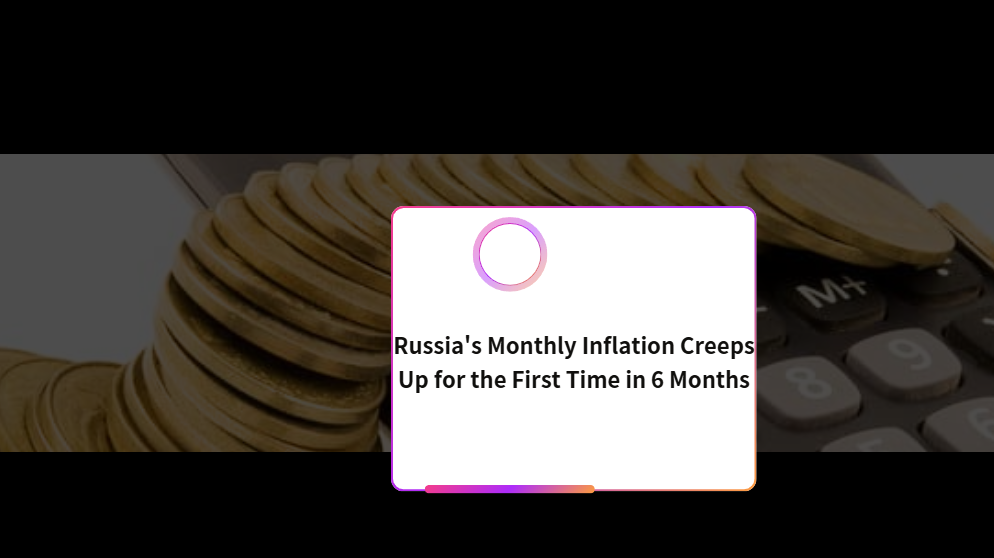

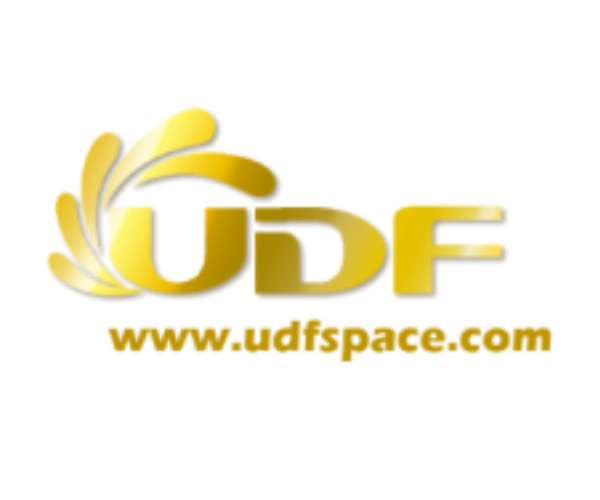









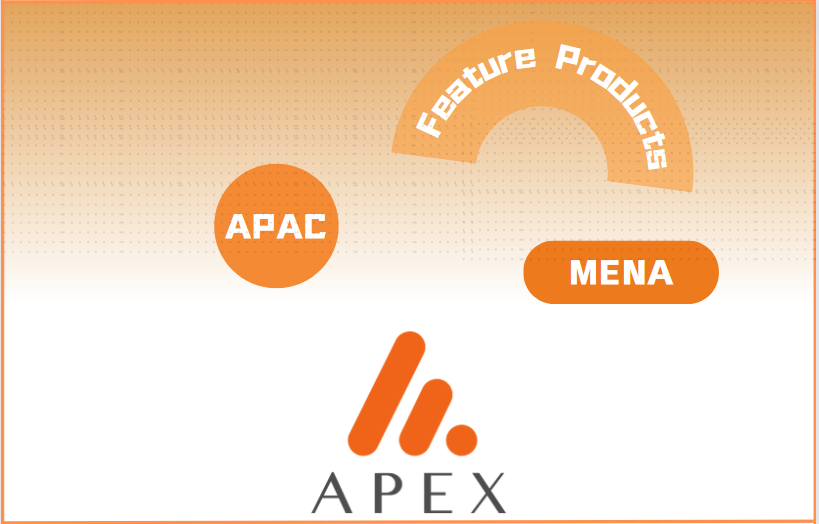
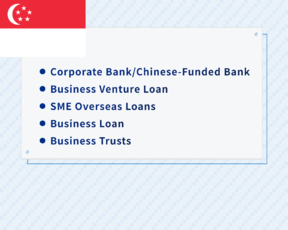













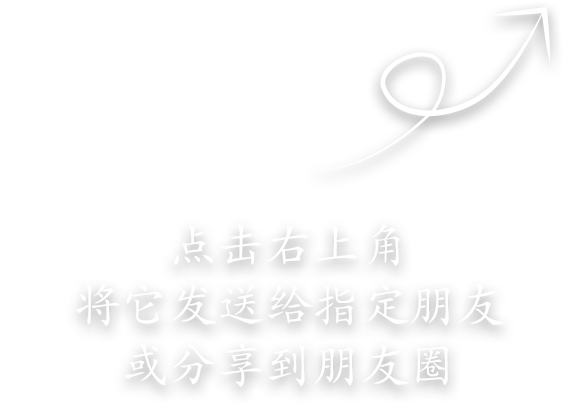
First, please LoginComment After ~